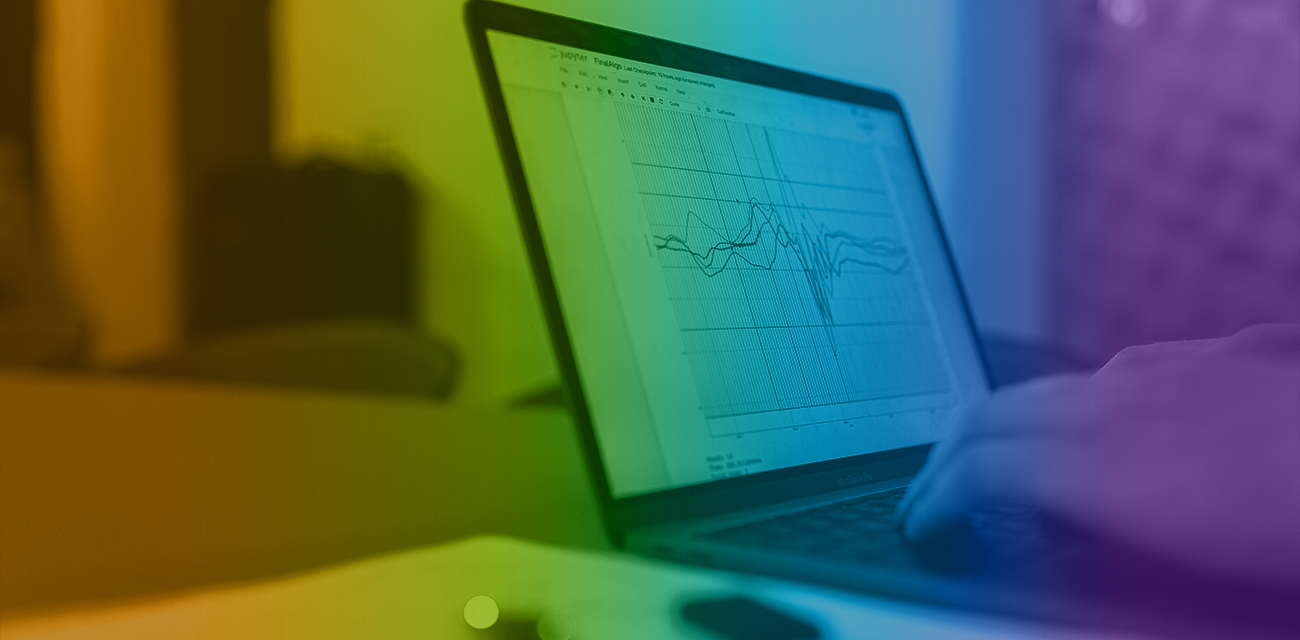Investing in technology for low carbon heat is a big commitment and poses many risks.
The lifespan of manufacturing equipment is typically about 15-20 years, so the business case to invest in the right technology needs long-term direction and confidence. Significant investment is required. It would be a long time to live with the wrong (expensive) decision.
It can be difficult to make plans with confidence when there are several factors that can effect this, including: technology maturity, future direction of policy and expected availability of low carbon fuels. To develop a good strategy you need accurate, granular and easily explainable data. This data will also allow you to evaluate how actions are performing once they are in place.
Case study
Profiling heat demand and waste heat with the right M&T software gives an understanding of current position and reduction potential
The first step in any heat strategy is to understand your current position, and this is where good M&T software such as Carbon Desktop comes in. For example, one of our manufacturing clients are considering decarbonising their operations and replacing steam generating assets. They used Carbon Desktop to track and map waste heat with a ‘waste heat monitoring strategy.’
Potential waste heat sources were reviewed using Carbon Desktop – this revealed that several were not fully utilised.
- Carbon Desktop was used to create an energy balance for site. It detailed the key end users and compared their heat demand profiles.
- Carbon Desktop’s comparison targets and high frequency data were used to compare the heat profiles between the available waste heat (CHP heat and other sources) and several heat sinks (heat users). This took into consideration the heat load profiles and synchronicity between the heat source and sink.
- An end user was prioritised for waste heat utilisation. Carbon Desktop was used to build the project’s business case the steam reduction achieved by utilising surplus waste heat.
Impressive results:
Post-implementation, site have been using Carbon Desktop to track impact. The project will save ~2 million kWh of steam over the next year.
Another benefit is that utilising additional heat from the CHP has boosted the site’s CHPQA score, so they now receive added tax benefits.
Preparing for the future
Clients with complex heat demands are using Carbon Desktop to identify and profile early opportunities while preparing for a low carbon future, including options for moving steam users to low temperature hot water and benefitting from efficiencies.
Weigh up the right technology options for heat decarbonisation.
Verco’s handy downloadable guides will give you an understanding of what your technology options are, along with their pros and cons. By using the traffic light system, you can easily weigh up important considerations such as technology maturity, Capex and Opex. Find out more about the guides which cover:
- Biofuels and commercial instruments
- Solar thermal
- Power to gas
- Power to heat.
https://zero.vercoglobal.com/techminiguide
If you would like to know more about how we help our clients profile and match their heat demand and draw the right heat strategy please contact us here.





